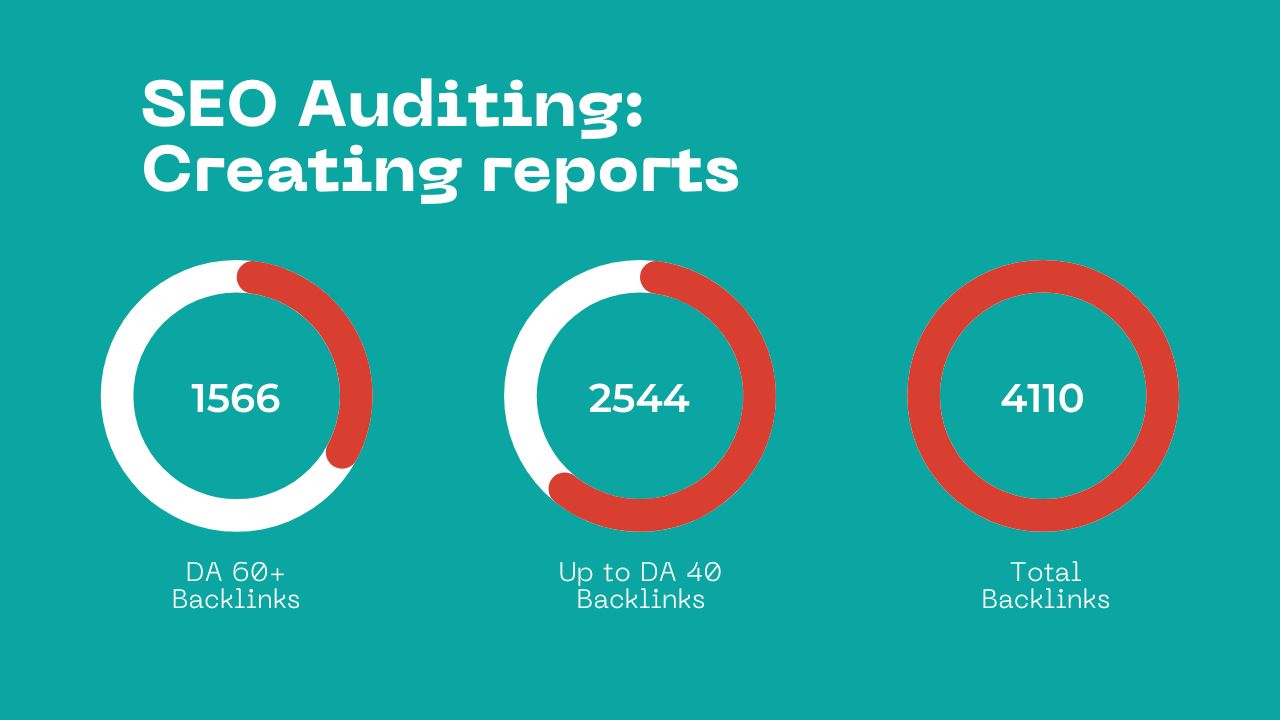SEO (Search Engine Optimization) involves various SEO Types & strategies and techniques aimed at improving a website’s visibility on search engine results pages (SERPs).
Here are the main SEO types:
On-Page SEO:
On-page SEO focuses on optimizing individual web pages to improve their rankings and attract relevant traffic. This includes optimizing content by using relevant keywords, structuring headlines, creating meta descriptions, improving URL structures, optimizing images, and ensuring the quality and relevance of the content. On-page SEO aims to make the webpage more attractive to both users and search engine algorithms.
Off-Page SEO:
Off-page SEO involves activities done outside the website to enhance its authority, reputation, and visibility. The primary focus of off-page SEO is link building, which includes acquiring high-quality backlinks from other reputable websites. It also involves social media engagement, influencer outreach, guest blogging, and other methods to create a positive impact on the website’s rankings by demonstrating its credibility and relevance.
Technical SEO:
Technical SEO deals with optimizing the technical aspects of a website to improve its crawling, indexing, and overall performance in search engines. It includes optimizing website speed, ensuring mobile-friendliness, improving site architecture and navigation, implementing structured data markup, optimizing sitemaps, ensuring secure HTTPS connections, and resolving any technical issues that might hinder search engine bots from properly accessing and understanding the website’s content.
Local SEO:
Local SEO focuses on optimizing a website to rank better for local searches, especially for businesses serving specific geographic locations. It involves optimizing Google My Business profiles, obtaining local citations, encouraging customer reviews, geo-targeting keywords, and ensuring accurate and consistent business information across various online directories. Local SEO helps businesses attract nearby customers searching for products or services in their area.
SEO Auditing:
SEO auditing refers to the process of evaluating and analyzing a website to assess its overall health, performance, and adherence to SEO best practices. This comprehensive examination helps identify areas for improvement and opportunities to enhance the website’s search engine visibility and rankings.

During an SEO audit, various aspects of the website are scrutinized to ensure they meet the requirements set by search engines. This evaluation includes:
Technical Analysis: Assessing technical elements of the website such as site speed, mobile-friendliness, URL structure, site architecture, and indexing issues to ensure smooth crawling and indexing by search engine bots.
On-Page Analysis: Reviewing individual web pages to check for optimization of content, headings, meta titles, meta descriptions, keyword usage, internal linking, and other on-page elements to enhance relevance and user experience.
Off-Page Analysis: Evaluating the website’s backlink profile, assessing the quality and quantity of inbound links, and ensuring compliance with off-page SEO strategies to build authority and credibility.
Content Analysis: Analyzing the quality, relevance, uniqueness, and engagement of website content to ensure it aligns with user intent and offers value to visitors.
Keyword Analysis: Assessing the use of keywords throughout the website, including keyword relevance, density, placement, and usage in titles, meta tags, and content.
Competitive Analysis: Review the website’s performance in comparison to competitors within the same industry or niche to identify areas of improvement and strategies that competitors might be utilizing effectively.
By conducting an SEO audit, website owners, marketers, or SEO professionals can gain valuable insights into the strengths and weaknesses of the site, identify optimization opportunities, and develop a roadmap for implementing improvements that can positively impact the website’s search engine rankings and overall performance.
Strategies or Techniques Of SEO
Black hat SEO, white hat SEO, and gray hat SEO refer to different approaches or philosophies used by SEO practitioners to optimize websites. They are not types or methods of SEO but rather categories that describe the ethical nature of the strategies and techniques employed.

Here’s an overview of each:
Black Hat SEO:
This approach involves using aggressive and unethical strategies to manipulate search engine algorithms for quick but short-term gains in website rankings. Black hat techniques may include keyword stuffing, hidden text, cloaking, buying links, and other tactics that violate search engine guidelines. These tactics can result in penalties from search engines, leading to a decrease in rankings or even removal from search results.
White Hat SEO:
White hat SEO focuses on ethical and legitimate techniques that align with search engine guidelines and best practices. This approach emphasizes creating high-quality content, using relevant keywords, building natural and authoritative backlinks, and optimizing user experience. White hat SEO aims for sustainable, long-term growth in rankings and prioritizes providing value to users.
Gray Hat SEO:
Gray hat SEO falls between black hat and white hat tactics. It involves using strategies that may not be explicitly prohibited by search engines but could be considered questionable or risky. These techniques may include some elements of both black hat and white hat SEO. While gray hat methods might show positive results in the short term, they carry potential risks of penalties from search engines.
These distinct types of SEO work collectively to strengthen a website’s visibility, increase organic traffic, and improve its ranking on search engine results. By strategically implementing a combination of these SEO types, website owners aim to enhance their online presence and attract more relevant visitors to their site.


